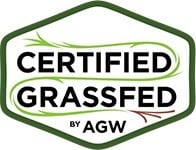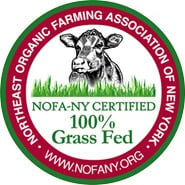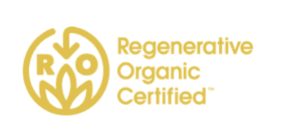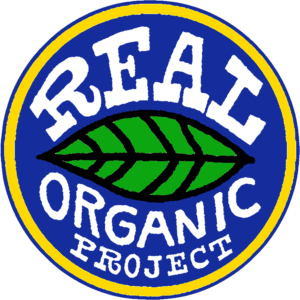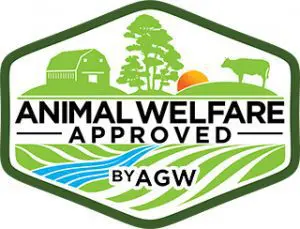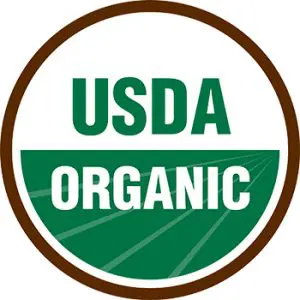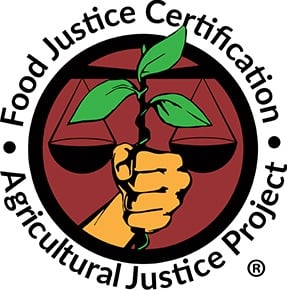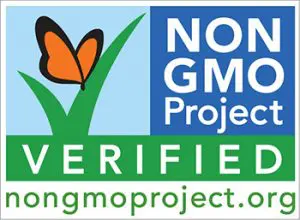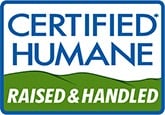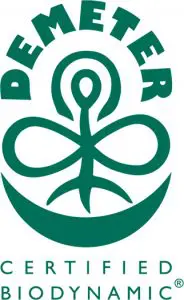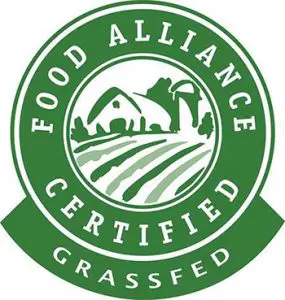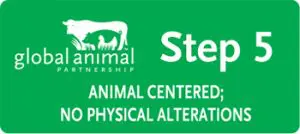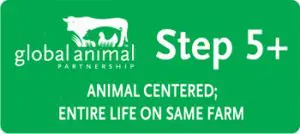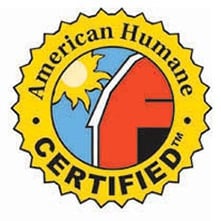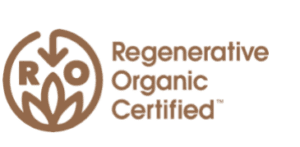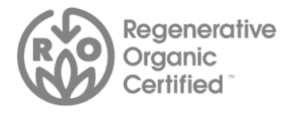Food Label Guide: Beef
Despite slightly declining beef consumption rates in this country, beef is still what’s for dinner in many American households. And industrial beef production has an incredibly large foodprint, taking a toll on the environment, animals and eaters. But there are beef production methods that are more sustainable — and our beef label guide can help you find them.
Our Top Picks
All of our top picks are either certified regenerative or certified grassfed beef labels. Each of these beef labels require that, at a minimum, cattle were raised on pasture and ate a grass-based diet, without grain, animal by-products or unnecessary drugs. The animals were never confined and raised only on pasture-raised without synthetic fertilizers or pesticides. A natural ruminant diet (grass) is better for the health of the animals and makes for meat with a better nutrient profile. Healthy, diverse pasture is also better for the planet. The regenerative labels listed here go even further than grassfed labels, ensuring animals are contributing to a holistic, “closed-loop” farm system. They also have additional stipulations for animal welfare and social responsibility.
[Note that there are food companies who call their meat “grassfed” without any official certification or verification. They do not necessarily meet these same standards, and would only pertain to the feed being grass, and none of the other criteria that a certified grassfed beef label would cover. Likewise, companies without actual certifications may claim that their cattle are raised regeneratively with no clear standards for what that means.]
Beef Labels Lacking Clear Standards
The terms below lack clear standards, verification processes or independent oversight, allowing farm conditions to vary widely across producers.
- “Natural”
- “Pasture-raised”
- “Grain-finished”
- “Humane”/”Humanely-raised”
- “No Antibiotics”
Other Beef Labels to Look For
These beef labels are not as comprehensive as our top picks.

